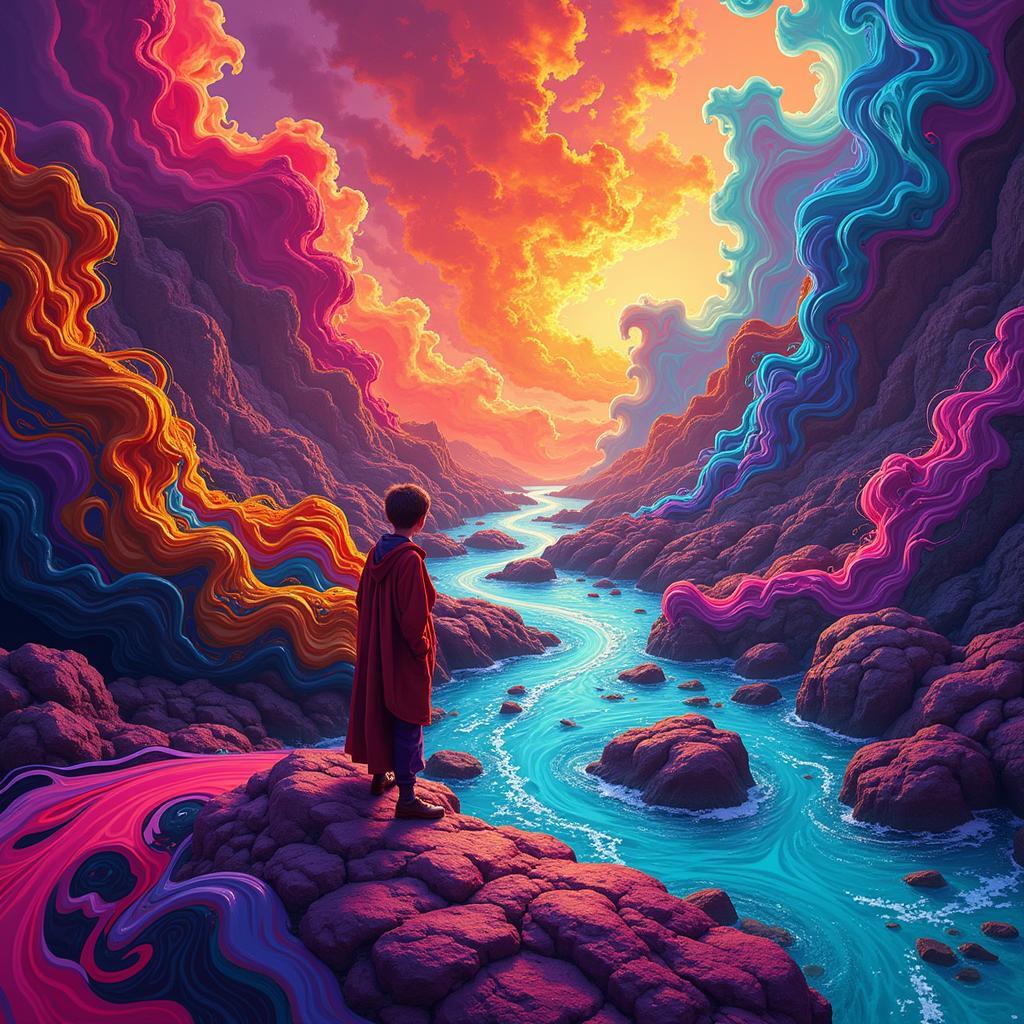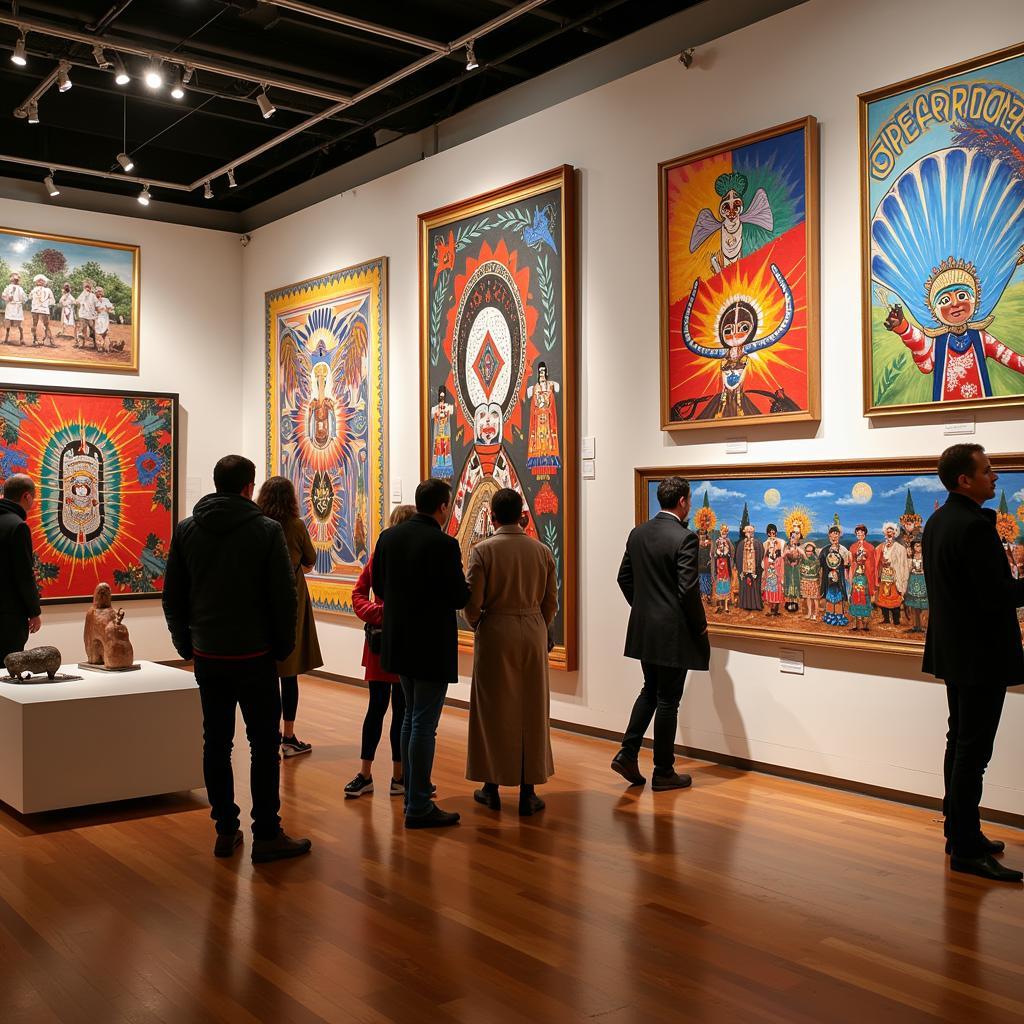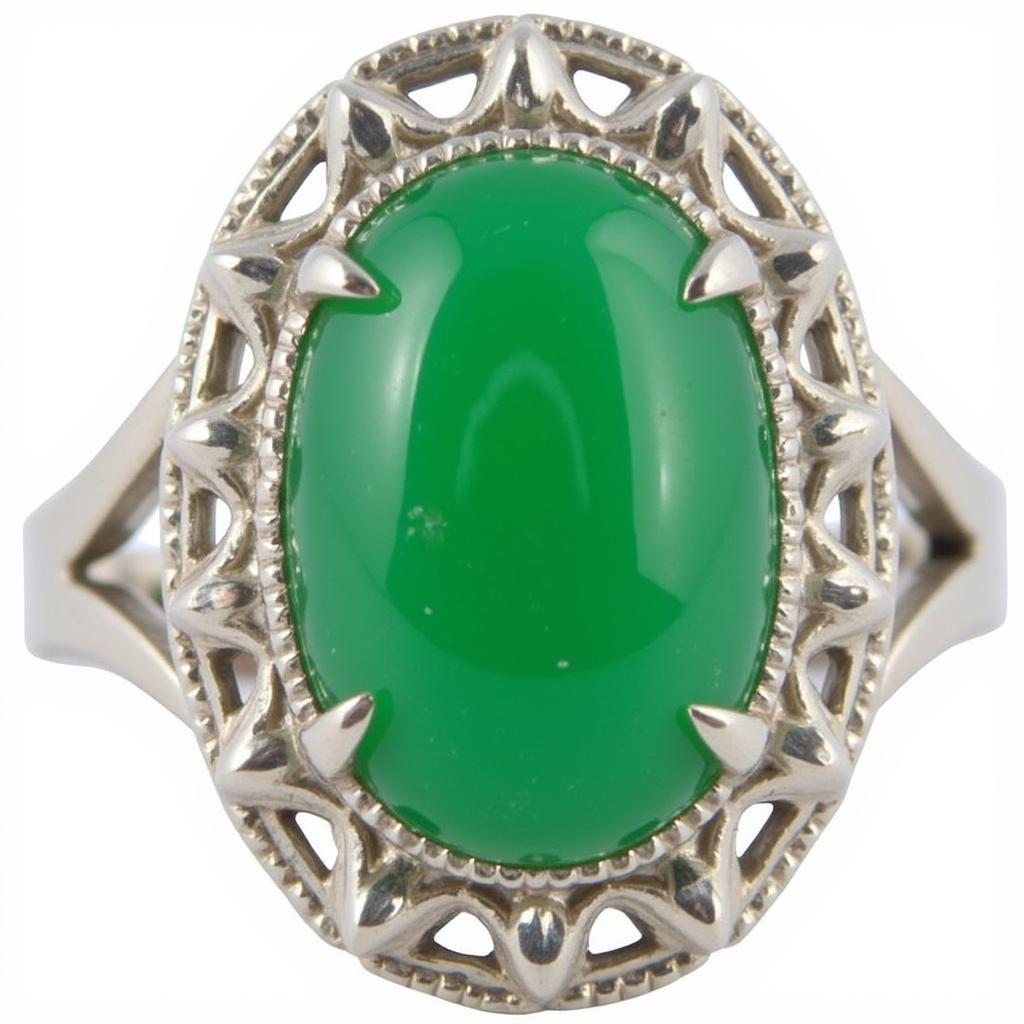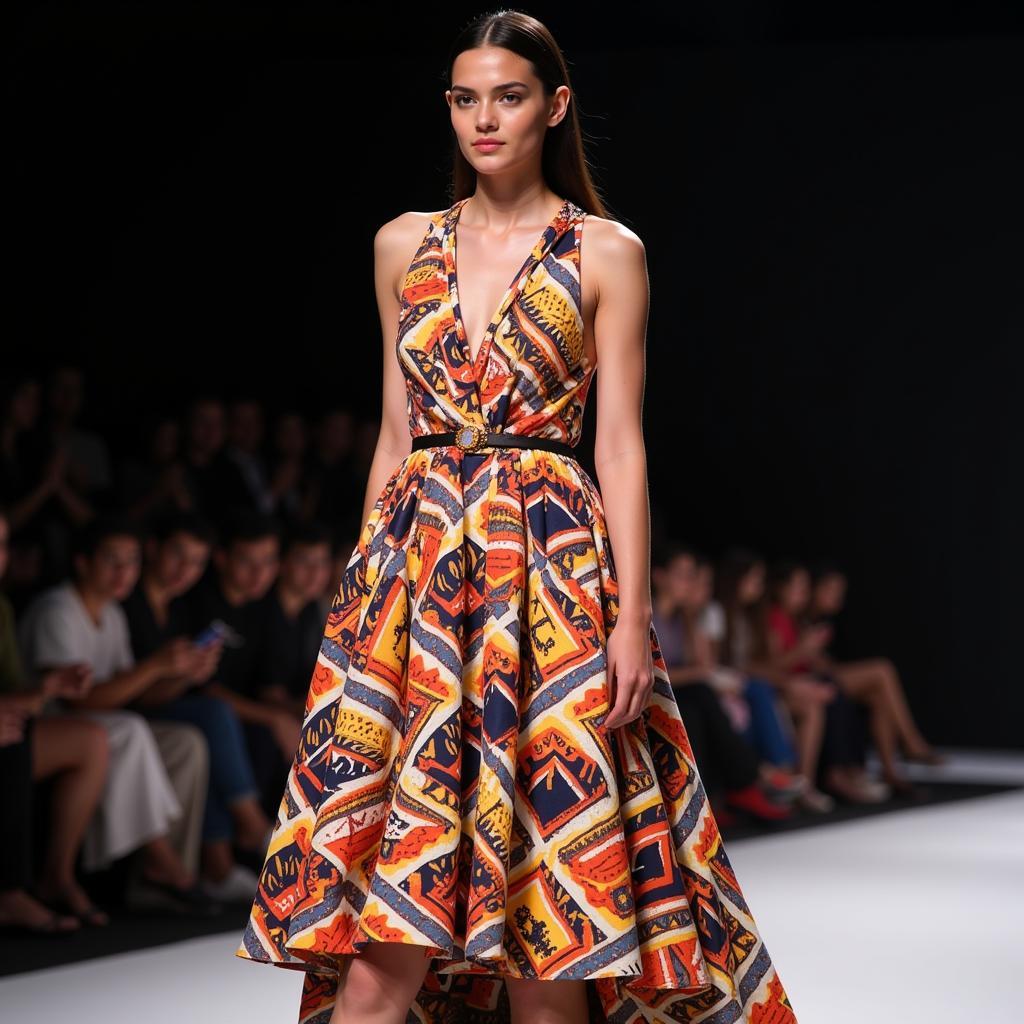Art History: A Journey from Renaissance to 20th Century
Art history from the Renaissance to the 20th century is a captivating exploration of evolving styles, techniques, and philosophies. From the rebirth of classical ideals to the explosion of modernism, this period witnessed a dramatic shift in artistic expression. Let’s embark on a journey through this transformative era in Art History Renaissance To 20th Century, uncovering the key movements and masterpieces that shaped the art world we know today.
The Dawn of a New Era: The Renaissance (14th-16th Centuries)
The Renaissance, meaning “rebirth,” marked a renewed interest in classical art and learning after the Middle Ages. Artists like Leonardo da Vinci, Michelangelo, and Raphael redefined artistic standards, emphasizing human anatomy, perspective, and naturalism. Da Vinci’s Mona Lisa and Michelangelo’s Sistine Chapel ceiling are iconic examples of Renaissance art, showcasing the era’s focus on humanism and artistic skill.
This era saw a flourishing of artistic patronage, with wealthy families like the Medici commissioning grand works of art. This patronage fueled artistic innovation and competition, leading to the development of new techniques and styles. The Renaissance laid the foundation for the artistic developments that would follow in subsequent centuries.
Baroque and Rococo: Drama and Opulence (17th-18th Centuries)
Following the Renaissance, the Baroque period emerged, characterized by drama, dynamism, and emotional intensity. Caravaggio’s use of dramatic lighting and Rembrandt’s psychological portraits exemplify the Baroque style. The Rococo period, which followed, embraced lightheartedness, elegance, and ornate decoration, evident in the work of artists like Fragonard and Boucher.
Neoclassicism and Romanticism: Reason and Emotion (Late 18th-Early 19th Centuries)
Neoclassicism, inspired by the art and culture of ancient Greece and Rome, emphasized order, balance, and reason. Think of Jacques-Louis David’s Oath of the Horatii, a quintessential example of Neoclassical painting. Romanticism, a reaction against Neoclassicism, celebrated emotion, imagination, and the power of nature. Caspar David Friedrich’s landscapes capture the Romantic spirit, emphasizing the sublime and the awe-inspiring beauty of the natural world.
The Birth of Modernism: Impressionism to Cubism (Late 19th-Early 20th Centuries)
The 19th and 20th centuries witnessed a radical shift in artistic expression, leading to the birth of modernism. Impressionism, with artists like Monet and Renoir, captured fleeting moments and the subjective experience of light and color. Post-Impressionists like Van Gogh and Cézanne explored expressive color and distorted forms, paving the way for abstract art.
Cubism, pioneered by Picasso and Braque, fragmented objects and perspectives, challenging traditional notions of representation. These movements revolutionized art, opening up new possibilities for artistic expression and laying the groundwork for the diverse art forms of the 20th century and beyond.
What were the major art movements between the Renaissance and the 20th century?
The major art movements include the Renaissance, Baroque, Rococo, Neoclassicism, Romanticism, Impressionism, Post-Impressionism, and Cubism.
How did art evolve during this period?
Art evolved from the realistic representations of the Renaissance to the abstract explorations of the early 20th century, reflecting changing social, political, and intellectual climates.
What are some key characteristics of Renaissance art?
Key characteristics of Renaissance art include humanism, naturalism, perspective, and the revival of classical ideals.
Conclusion: Art History Renaissance to 20th Century: A Legacy of Innovation
The journey through art history renaissance to 20th century reveals a continuous evolution of styles, techniques, and artistic philosophies. From the rebirth of classical ideals to the radical experimentation of modernism, this period shaped the art world as we know it. By understanding the historical context and the key movements, we can gain a deeper appreciation for the masterpieces that continue to inspire and provoke us today.
FAQ
- What is the significance of the Renaissance in art history?
- How did the Baroque style differ from the Renaissance?
- What were the main characteristics of Impressionism?
- Who were some of the key figures in Cubism?
- How did art reflect social and political changes during this period?
- What resources can I use to learn more about art history?
- Where can I see examples of these art movements in person?
Have other questions or are looking for other insightful art related articles on our website? We encourage you to explore our resources and continue your journey of discovery into the fascinating world of art history. When you need support, please contact Phone Number: 02462573573, Email: [email protected] Or visit us at: Savico Megamall, 7-9 Đ. Nguyễn Văn Linh, Gia Thụy, Long Biên, Hà Nội 10000, Việt Nam. We have a 24/7 customer support team.



